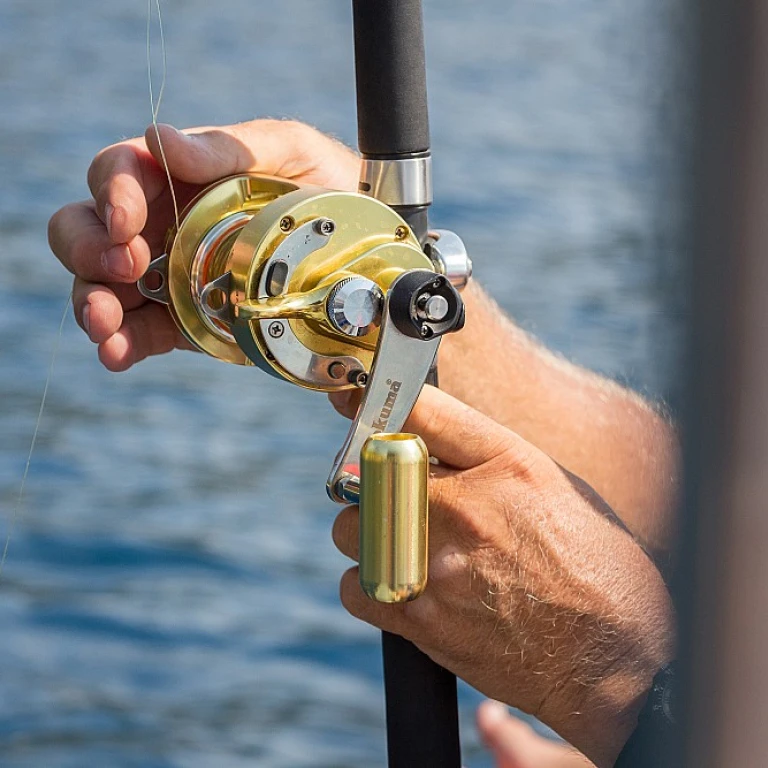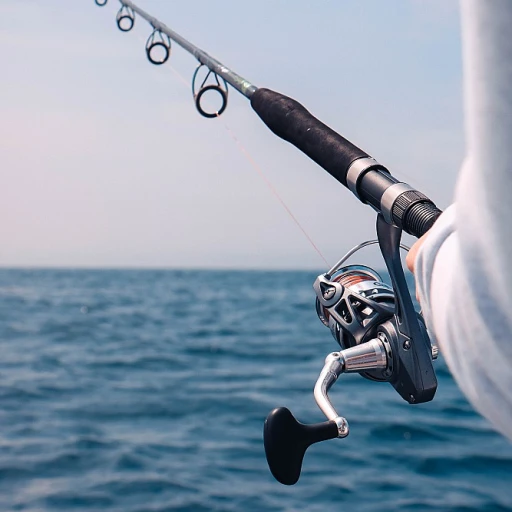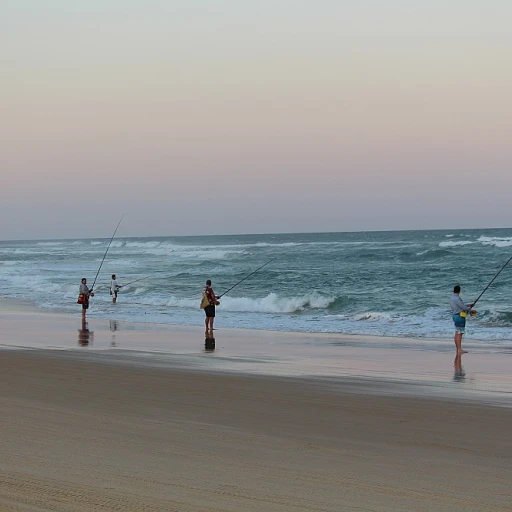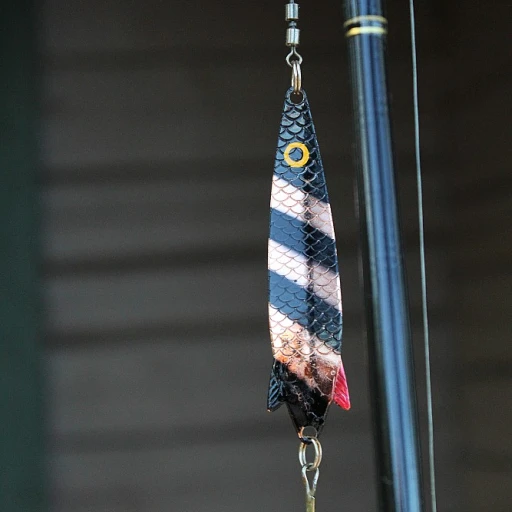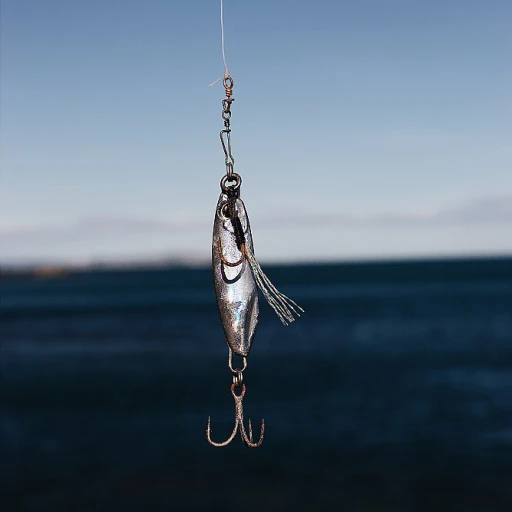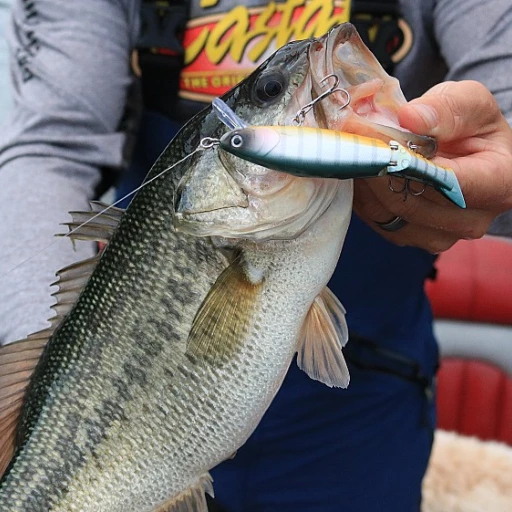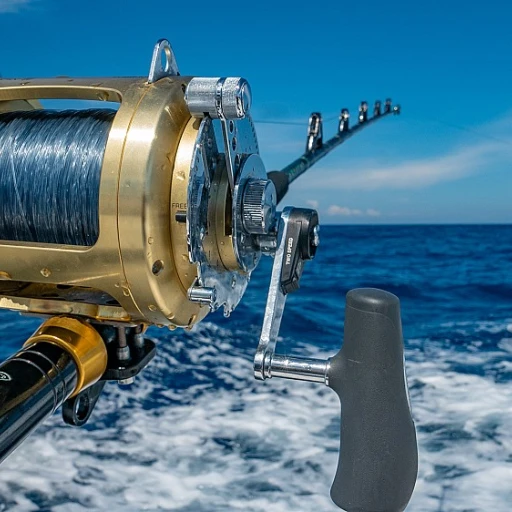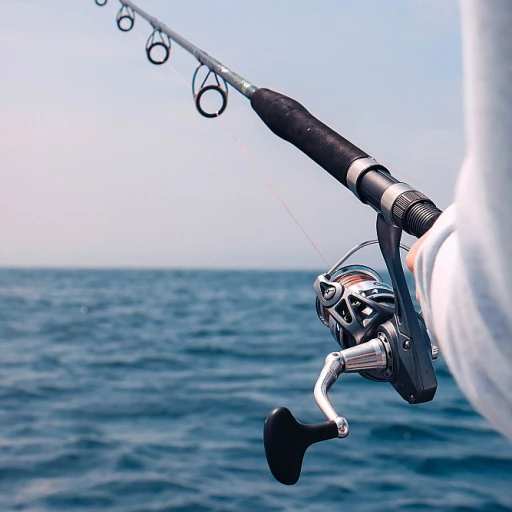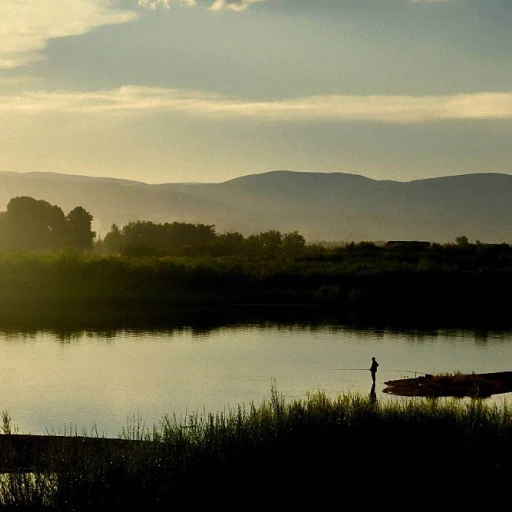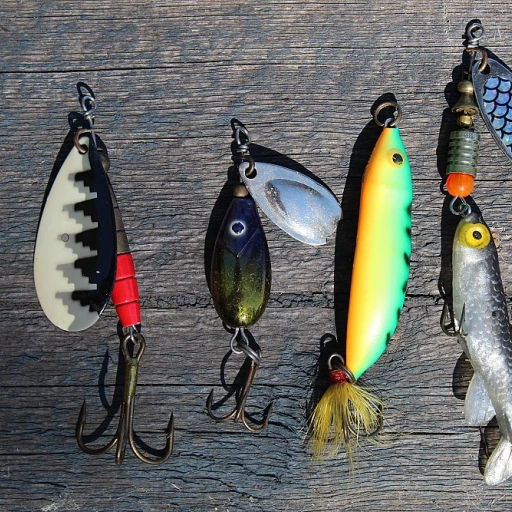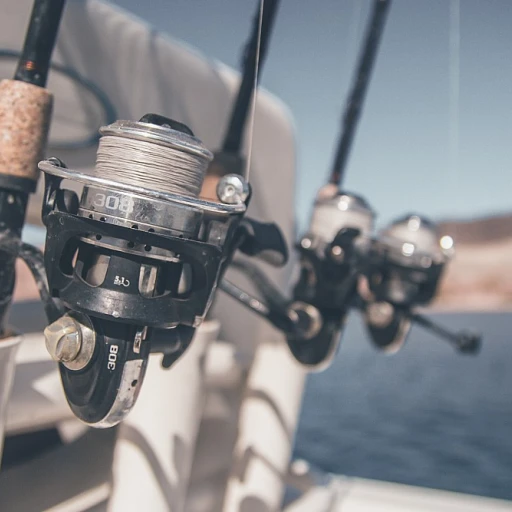
Understanding Coppernose Bluegill
The Captivating World of Coppernose Bluegill
The Coppernose Bluegill is a fascinating variant of the regular bluegill, scientifically referred to as Lepomis macrochirus. Predominantly found in the southern regions of the United States, including Texas and Florida, this species has intrigued pond owners for years due to its unique coloration and adaptability. These copper-hued bluegills are often favored over native bluegill species for stocking ponds, thanks to their rapid growth rate and their ability to reach impressive sizes. One compelling reason for the growing attraction to coppernose bluegill is their remarkable adaptability to various pond environments. They thrive in warm waters, making them an ideal choice for recreational fishing in southern ponds and lakes. Pond management experts frequently recommend stocking these fish to improve the aquatic ecosystem and provide a balanced environment alongside other species like largemouth bass. The pursuit of coppernose bluegill is not only about stocking but also about understanding their behaviors and habitats. These fish, identifiable by their distinct anal fin and fin rays, represent resilience and diversity. For those passionate about fish wildlife, engaging with this species offers the satisfaction of knowing you're contributing to a thriving and balanced aquatic habitat. Recognized by fishing enthusiasts, the allure of coppernose bluegill extends beyond just their striking appearance. They are robust, eager feeders, making them perfect targets for anglers at any time of the day. Their presence supports the ecosystem, complementing species like the largemouth bass, and providing a dynamic fishing experience. For more on how coppernose bluegill enhance recreational fishing landscapes and strategies to effectively catch them, explore our guide to breaking records for insights and inspiration. This will give you a deeper understanding of why these fish have become a significant part of pond boss discussions and regular features in fishing magazines.Essential Gear for Coppernose Bluegill Fishing
Gearing Up for a Successful Catch
When it comes to fishing for coppernose bluegill, having the right gear can make all the difference. These fish, a subspecies of the bluegill (Lepomis macrochirus), are known for their size and fight, especially in the warm waters of Florida and Texas. Whether you're fishing in a pond or a larger body of water, equipping yourself with the right tools is essential.
Rods and Reels
For targeting coppernose bluegill, a light to ultralight rod paired with a spinning reel is often recommended. This setup allows for better sensitivity and control, which is crucial when dealing with the subtle bites of these fish. A rod length of 5 to 7 feet is ideal for casting in both open water and around structures where bluegills like to hide.
Lines and Hooks
Using a 4 to 6-pound test line is generally sufficient for coppernose bluegill. This line strength provides the right balance between strength and stealth, ensuring that the fish are not spooked. As for hooks, size 6 to 10 is typically effective, allowing for a good grip on the fish without being too intrusive.
Bait and Lures
Coppernose bluegill are not particularly picky eaters, but they do have preferences. Live bait such as worms and crickets are classic choices that rarely fail. For those who prefer artificial lures, small jigs and spinners can be very effective, especially when mimicking the movement of native prey.
Additional Gear
- Fish Feeder: For pond owners, installing a fish feeder can help maintain a healthy population of coppernose bluegill by ensuring they have a regular food source.
- Fish Finder: This tool can be invaluable in larger bodies of water, helping you locate schools of bluegill more efficiently.
- Solunar Tables: Understanding the best fishing times can enhance your chances of success. Check out the solunar tables for optimal fishing periods.
With the right gear in hand, you're well on your way to enjoying a fruitful day of fishing for coppernose bluegill. Remember, patience and preparation are key to reeling in these feisty fish.
Techniques for Successful Coppernose Bluegill Fishing
Mastering the Art of Coppernose Bluegill Techniques
To make the most of your coppernose bluegill fishing adventures, it's crucial to hone specific techniques that suit this distinct species. While sharing some traits with the regular bluegill, coppernose bluegills require unique methods tailored to their behavior and habitat. First, understanding the seasonal movements and feeding habits plays a pivotal role. During warmer months, these fish often congregate in shallow ponds, which makes it the ideal time for fishing enthusiasts to try their luck. Opt for early morning or late afternoon hours when water temperatures are moderate, and fish are more active. Tackle choice is another essential aspect. Using lightweight tackle such as ultralight rods and reels allows better control over fish in the water. A 4 to 6-pound test line is usually sufficient for the size of the coppernose bluegill commonly encountered. Moreover, ensure that your fishing hooks are suitably small, generally in the range of sizes 6 to 8. When it comes to bait, live options such as worms or crickets yield excellent results. Alternatively, small artificial lures that mimic the natural prey of coppernose bluegills can also be effective. Cast these baits near structures such as submerged logs or aquatic plants where fish tend to gather. Another crucial element is the fishing technique itself. Slow retrieval techniques maximize the chances of hooking a coppernose bluegill. Since the fish have nuanced feeding habits, feel for subtle strikes rather than aggressive hits common with larger species like largemouth bass. Learn to recognize gentle tugs and nibbles to ensure successful strikes. Among the vast array of strategic pointers, one often overlooked tactic is the significance of water clarity and environment. In clear water bodies, it's essential to tailor your approach to deeper areas or cover environments with shade to avoid spooking the fish. For those seeking comprehensive insights and further honing their skills, exploring detailed fishing reports from sources like the Blue River can provide invaluable tips on patterns and behaviors unique to coppernose bluegill and other species. By integrating these techniques into your regular fishing sessions, you'll not only appreciate the thrill of catching coppernose bluegill, but also enhance your knowledge of pond management and contribute to effective conservation efforts. Engaging with local pond owners and fish and wildlife experts can further expand your expertise in this rewarding endeavor.Challenges in Coppernose Bluegill Fishing
Overcoming the Hurdles in Angling for Coppernose Bluegill
Fishing for coppernose bluegill presents unique challenges that can test even the most seasoned anglers. Understanding these hurdles is crucial for anyone aiming to improve their skills and catch more of these prized fish. One of the primary challenges lies in their habitat selection. Coppernose bluegills often favor warmer southern waters, such as those found in Texas and Florida, making regional knowledge important for targeting this specific bluegill species. Additionally, pond management plays a significant role. Stocking coppernose in existing ponds can be tricky due to their different growth patterns and ecosystem needs. It's common for pond owners to find themselves consulting resources like Pond Boss magazine to ensure a balanced environment that supports both coppernose bluegills and largemouth bass. Size can also be deceptive when it comes to catching coppernose bluegills. While they often grow larger than their regular bluegill cousins, landing a good-sized fish requires careful attention to the fishing techniques and gear discussed earlier. Understanding the behavior of these bluegills, such as feeding habits and time of day they're most active, is essential. Moreover, coppernose bluegills sometimes share their habitat with regular bluegills and other species, like the native lepomis macrochirus or even the Florida bass. This competition can affect their accessibility, making it crucial to have a keen awareness of the pond's dynamics. Lastly, weather patterns can greatly influence your fishing success. Water temperature, rainfall, and seasonality impact their activity levels, which are crucial considerations for any angler wanting to maximize their catch. Creating an effective pond management strategy, such as adjusting stocking rates or habitat improvement, can greatly increase your chances of overcoming these challenges. Overall, while fishing for coppernose bluegills can be challenging, investing time in understanding these aspects will significantly enhance your fishing experience and success.Innovative Products for Coppernose Bluegill Enthusiasts
Innovative Solutions for the Avid Coppernose Angler
Exploring the unique charm of coppernose bluegill, it's essential for enthusiasts and pond owners alike to leverage innovative products that can enhance their fishing experience. Unlike regular bluegill, the coppernose variant, scientifically identified as Lepomis macrochirus, has distinct needs and behaviors that require specialized tools for effective pond management and fishing success.- Fish Feeders: With an emphasis on growth and sustenance, automatic fish feeders have become a staple in maintaining a thriving population of coppernose bluegills in ponds. Designed to distribute feed consistently, these feeders ensure that the fish have adequate nutrition to grow to their optimal size, supporting both recreational fishing activities and ecological balance.
- Pond Monitoring Systems: To keep water conditions optimal for stocking coppernose and other species like largemouth bass and native bluegill, pond bosses now have access to sophisticated monitoring systems. These tools gauge water quality, temperature, and even nutrient levels, providing invaluable data for maintaining a conducive environment for fish to thrive.
- Specialized Fishing Gear: Fishing gear adapted for coppernose bluegill targets their unique features, including their size and distinctive anal fin and fin rays. Such equipment might include light action rods and smaller hooks, specifically designed to improve catch rates without harming the fish.
- Community Platforms: Online communities and resources like Boss Magazine offer platforms for connecting with fellow coppernose enthusiasts. These platforms facilitate the exchange of tips, gear recommendations, and successful fishing stories, enriching the fishing culture and collective knowledge.

